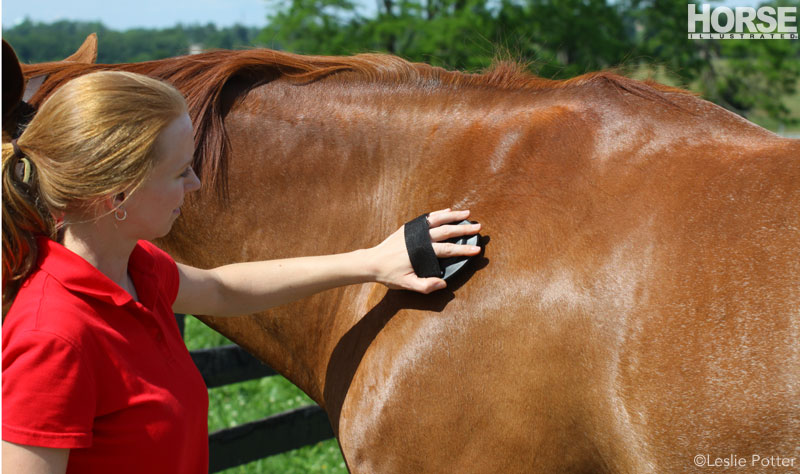
Your daily grooming routine will keep your horse looking good year-round. However, a little attention to detail and some tried-and-true grooming techniques go the extra mile to take him from drab to fab.
Everyday Maintenance
Grooming before and after riding is essential. Dirt underneath the saddle or girth can result in saddle sores. After riding, dried sweat can cause skin irritation and itchiness. Grooming is also a great way to spend time with your horse and build a bond.
Groom from top to bottom, front to back and then switch sides. Use the curry comb to remove dirt, dander and loose hair (see our chart of horse grooming tools.) Soft, pliable rubber curries are gentle enough to use on the body as well as bony areas such as the legs and head, and ticklish areas such as the flanks and belly. Follow with short, firm brush strokes using a medium-bristle brush to remove the hair and dirt you’ve curried up. Use softer brushes on sensitive areas.
As a finishing touch, a soft, short-bristled brush or fleece grooming mitt helps distribute the natural oils in the coat to bring out the shine.
To keep manes and tails neat and tidy, a little everyday care goes a long way. On a routine basis, remove burrs, hay and shavings. Detangle and brush the hair as needed, using a wide-tooth comb or pin-bristle brush. A silicone-based detangling serum or spray can help make the task easier. Some people prefer to detangle by hand first in order to minimize hair breakage and loss. (See steps 9 and 10 for further mane and tail care instructions.)
Picking out the hooves is a crucial part of your grooming routine. Stones stuck in the hoof can cause pain or bruising, while packed mud and manure can allow infections such as thrush to develop.
Stand alongside your horse, facing backward with your feet parallel to his. If he is not in a balanced position to pick up the hoof, you may need to nudge his shoulder or rump to shift his weight. Run the hand closest to him down his leg and squeeze the chestnut or just above his fetlock to cue your horse to pick up his hoof. If he is resistant, lean your shoulder into him. As you run your hand down the leg, take a minute to feel for any unusual lumps, bumps or heat.
Cradle the hoof with your inside hand and use the hoof pick in your outside hand to remove packed debris. Pick in a downward direction, following the V-shaped grooves in the middle of the hoof. When finished, set the hoof down gently.
With the basics in place, your horse should be looking good. But now it’s time for makeover magic.
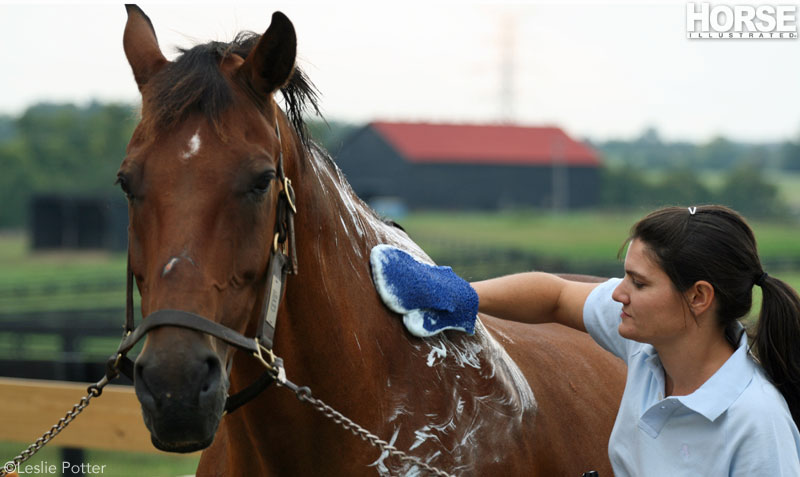
Bathing Beauty: Start your horsey makeover with a bath.
- First, assemble your tools:
- Bucket
- Large sponge
- Shampoo: Horse shampoo is specially formulated for the pH of equine skin and coat. Additionally, some are concentrated, so a few drops in the bucket go a long way. A diluted shampoo mix will also be easier to rinse from your horse’s coat.
- Sweat scraper
- Adjustable spray nozzle
- Scrub mitt
- Conditioner
- Squirt some shampoo in a bucket and add water to create suds.
- Wet your horse completely with the hose. Dunk your sponge in the suds and begin scrubbing the body. It’s usually not necessary to shampoo the head, as it’s difficult to rinse, and you don’t want to get soap in his eyes. Use a damp sponge to clean the face instead.
- Work suds deep into the mane and tail, down to the roots. (After rinsing, you may want to add a conditioner, too.)
- Rinse thoroughly until the water runs clear. Use the sweat scraper to squeegee the excess water from your horse’s coat.
- Hand graze your horse in the sun until he dries. If there’s a bit of a chill in the air, you may want to cover him with a cooler to keep him from getting cold. (A cooler is a blanket made of lightweight, moisture-wicking material such as wool or fleece.)
Horses only need occasional sudsing. Bathing too frequently can dry the skin and dull the coat. Most of the time, you can rinse or sponge the sweat and dirt off your horse.
For a spa treatment after a hard workout, mixing a little bit of liniment in a bucket of water creates a refreshing body wash and helps cut dirt and sweat.
Polish and Shine: Now that your horse is nice and clean, you’d like to keep him that way. Coat polish spray can help repel dust and dirt from your horse’s coat. Spritz and rub in by hand or with a soft cloth or fleece grooming mitt. A little goes a long way! You can also spray it on a clean brush and apply to the coat. Be sure to avoid the saddle area, as these sprays can make the coat extremely slick and slippery.
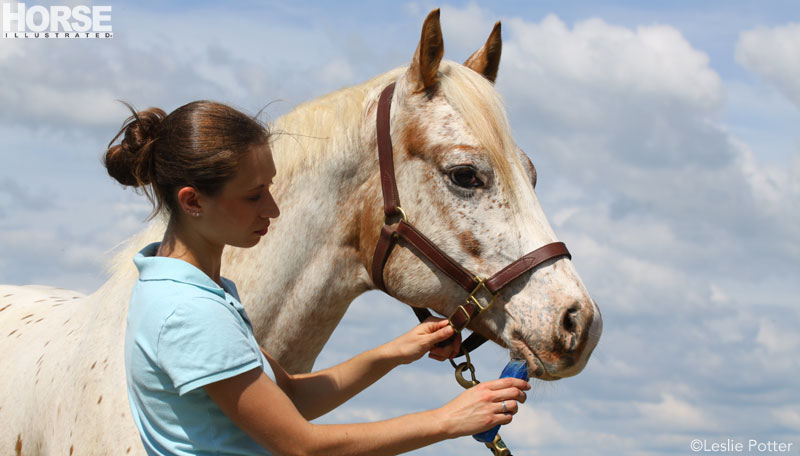
Just a Trim
A quick cleanup with the clippers will transform your horse from shaggy to sculpted. Use clippers with a No.10 blade. Small clippers or trimmers work well for this type of maintenance. Cordless clippers allow you the freedom to work easily, and you won’t have to worry about getting tangled up in the cord or being near an outlet. It’s important to get your horse used to the sound and feel of the clippers before you attempt a haircut.
Hit these key zones:
Jawline: Trim the long, coarse hairs under your horse’s jaw to give him a sleek, clean profile. Clip in the direction of the hair growth using light pressure. The goal is to blend the strokes for a natural look.
Ears: Gently cup your horse’s ear from behind, press the edges together and remove the tufts of hair sticking out. This neatens up the edges of the ear while still leaving hair inside for natural protection from bugs. As you clip, be sure not to let hair fall inside the ear canal.
Muzzle: To shave or not to shave? Most show horses have their whiskers trimmed for a neat and tidy profile, but if you’re not competing, this step is optional. Many people prefer to leave these little “feelers” in a natural state. For a show-ready look, remove them with your clippers.
Bridle path: Create a neat place for the crownpiece of your horse’s bridle to rest behind his ears without a bunch of messy mane tangled underneath. A bridle path is usually just wide enough for the bridle—about an inch or two—but some breeds and disciplines prefer a longer space. Be careful not to cut too much, or cut into the forelock. Growing out a botched bridlepath can be awkward, resulting in a funny little mohawk until the hair grows long enough to lie flat again.
Legs: Some horses have long, shaggy hairs on the backs of their legs and fetlocks. For a clean look, run your clippers down the leg in the direction of the hair growth, using light pressure so you don’t leave a conspicuous path. Angle the clippers to “comb”around the fetlock joint, and scoop out any long hair in the hollow behind the pastern.
Coronary Band: Trimming the hairline above your horse’s hooves further neatens up his look. Run your hand down the pastern, stopping right before the coronary band; this helps pop the hairs up. Turn your clippers upward and edge around the hoof.
Tidy Tails: Everyone loves a thick, full tail. To achieve that goal, you want to minimize hair loss and breakage while grooming it. Begin by removing tangles, working with small sections of hair. A detangling spray or serum makes the job easier. Additionally, these grooming products help remove stubborn burrs or “dreadlocks.” Use one hand to grip the hair above where you are working to avoid pulling on the roots. Detangling by hand is the most traditional technique: Run your fingers through the strands and gently work through the knots. A wide-tooth comb is another option, while others prefer a hairbrush with plastic pin bristles. The detangling technique with a brush or comb is similar: Work in small sections starting at the bottom of the tail. Hold the hair with one hand and comb or brush below; proceed upward along the section; then tackle another. Eventually you will be able to comb, brush and run your fingers easily through the tail.
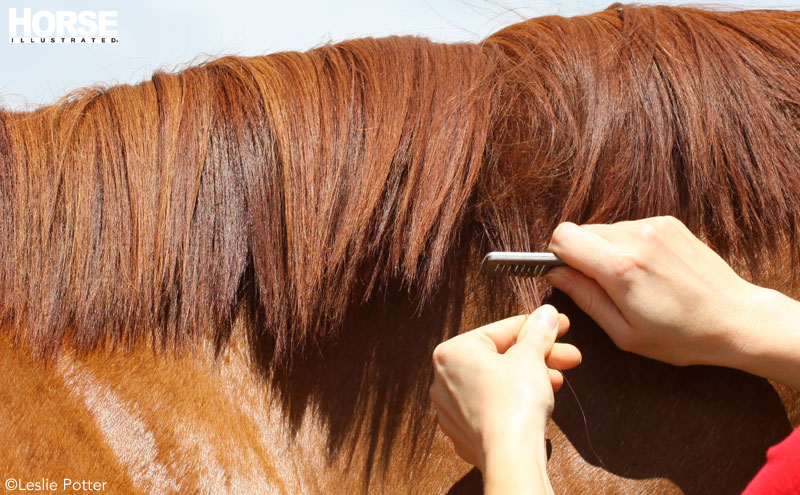
Mane-tain: Your horse’s hairstyle may be dictated by his breed or sport. Flowing manes are traditionally preferred for Morgans, Arabians, Tennessee Walking Horses, American Saddlebreds, Andalusians, Friesians and Haflingers, to name a few. Reining and saddle seat are two horse sports that love a long, luxurious mane.
In other disciplines, including hunter/jumper, dressage, eventing, western pleasure and horsemanship, it’s traditional to have a neatly “pulled” mane that has been shortened and thinned by hand.
To pull the mane, use a small metal pulling comb. Start in the middle, which is generally the least sensitive area. Take a small section of hair and grasp the longest strands at the bottom. Backcomb the hair so that you are left holding just a few strands; wrap around the comb and quickly tug the hair out. Work your way along the rest of the mane, eyeing it for evenness as you go. About 3 to 4 inches is an ideal length for most pulled manes.
If the mane is fairly thin and you want to shorten it without thinning, try using a mane knife or a No. 10 clipper blade (detached from your clippers) to razor the hair. Backcomb as above, and bring the blade down to shorten the hair.
The final step is to stand back and admire your well-groomed horse. Grooming is both a basic skill and an advanced art. It’s a satisfying feeling and a visible testament to your horsemanship skills when your horse looks his best. From pasture ornament to show-ring star, it all starts here with these makeover basics.
Liked this article? Here are others you’ll enjoy
Grooming Tips from the Top
Tips for Bathing Your Horse
Elizabeth Moyer is the editor of Horse Illustrated and author of Simple Solutions: Grooming (BowTie Press).
This article originally appeared in the 2011 issue of Horses USA (now called Your New Horse). Click here to view the most recent issue.

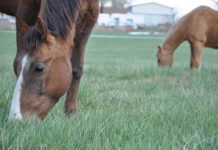



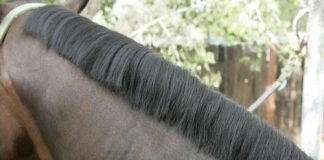

Awesome tips!!! I’ll be sure to try it when I get a horse!!! Thanks!
thanks for the tips
Grooming and brushing your horse, should be relating for both you and rhe horse/pony.
great tips!
Lots of good ideas!
Shouldn’t shave whiskers. Horses use them like a cat does, helps them feel things out.